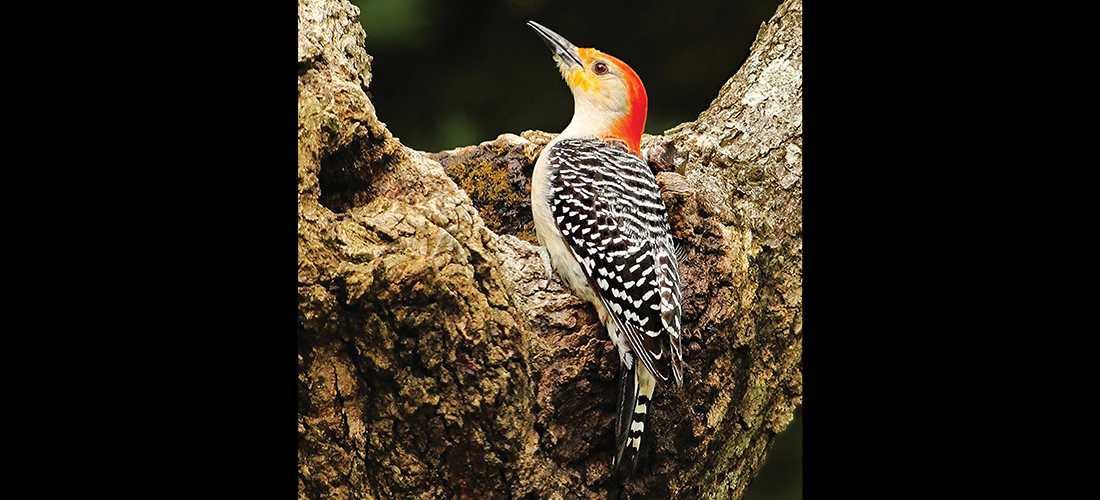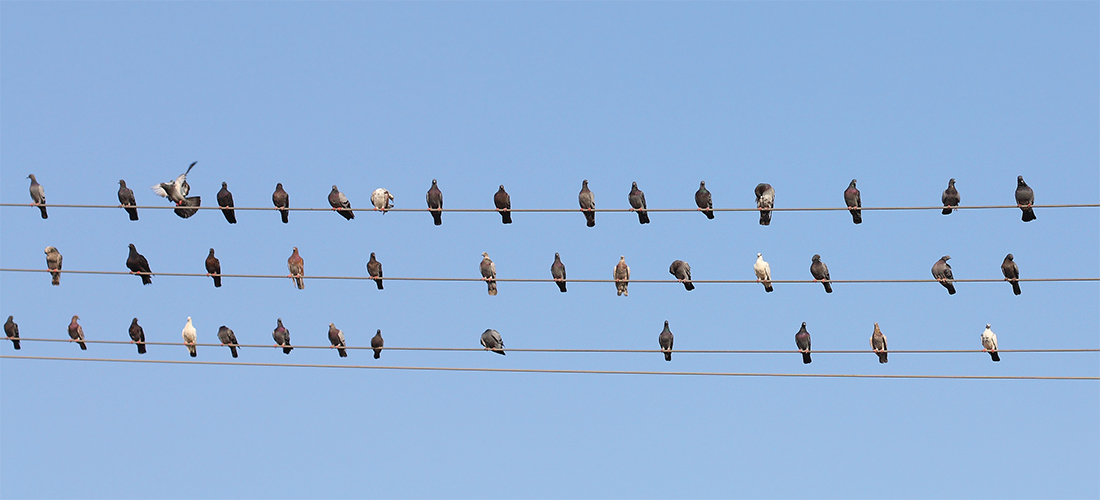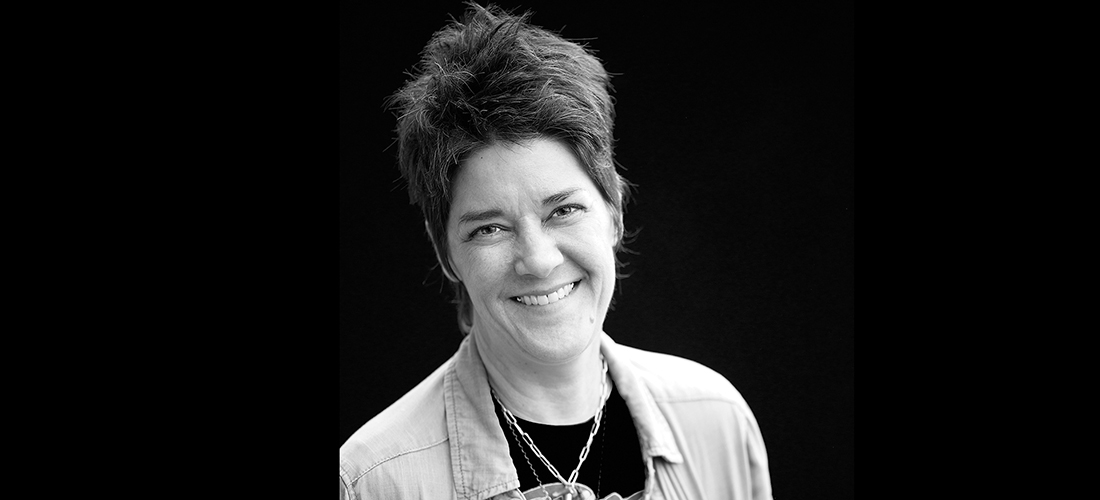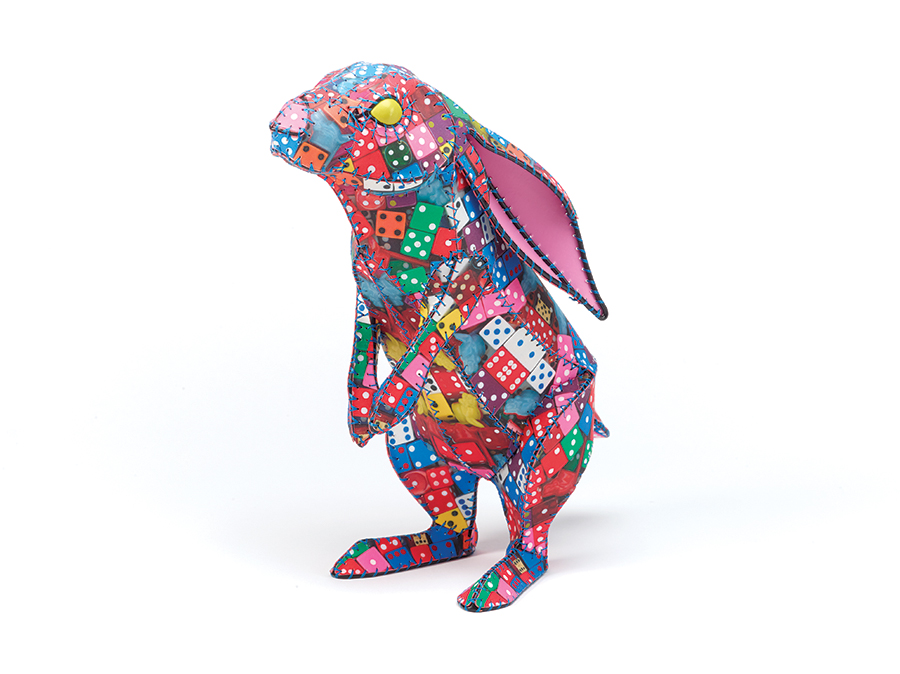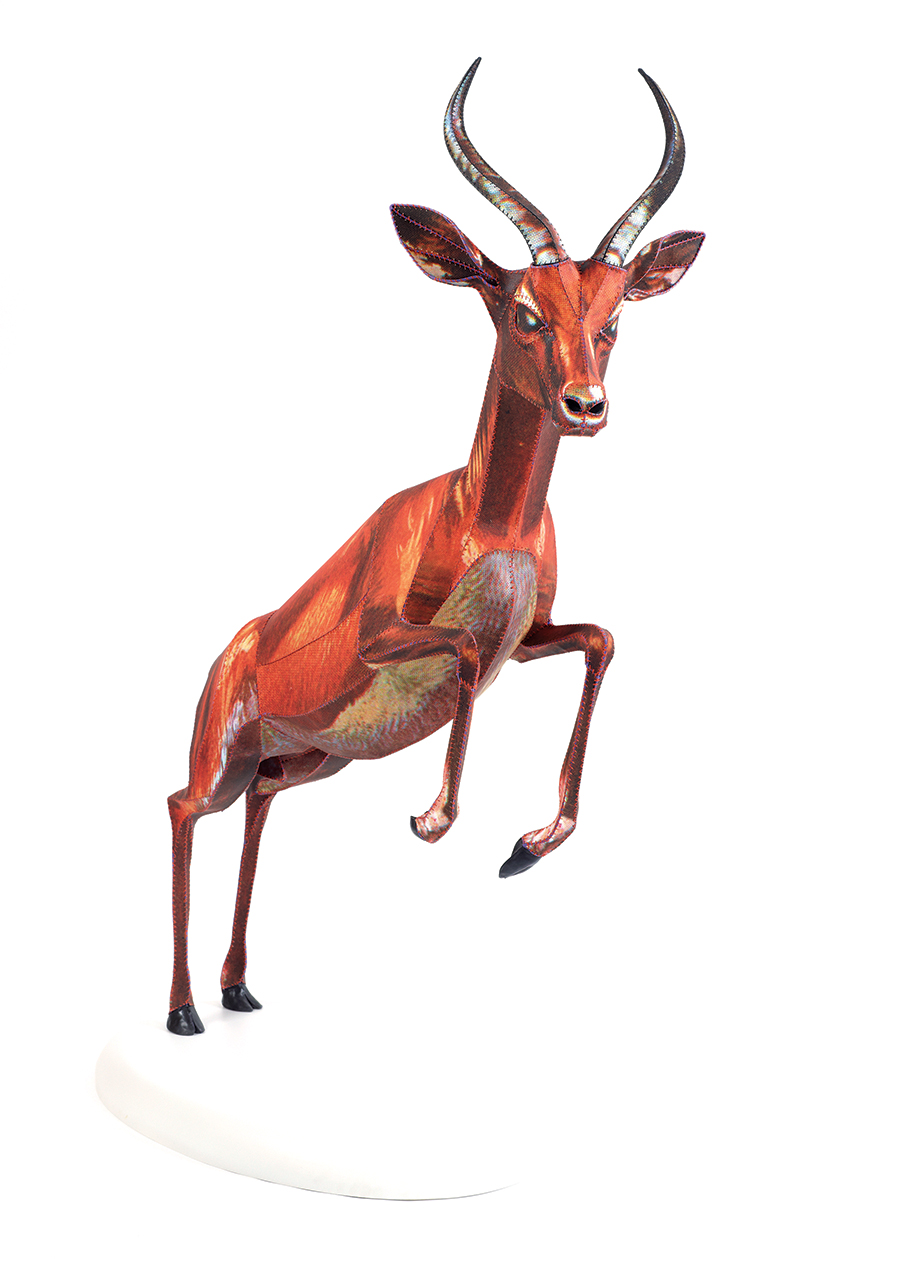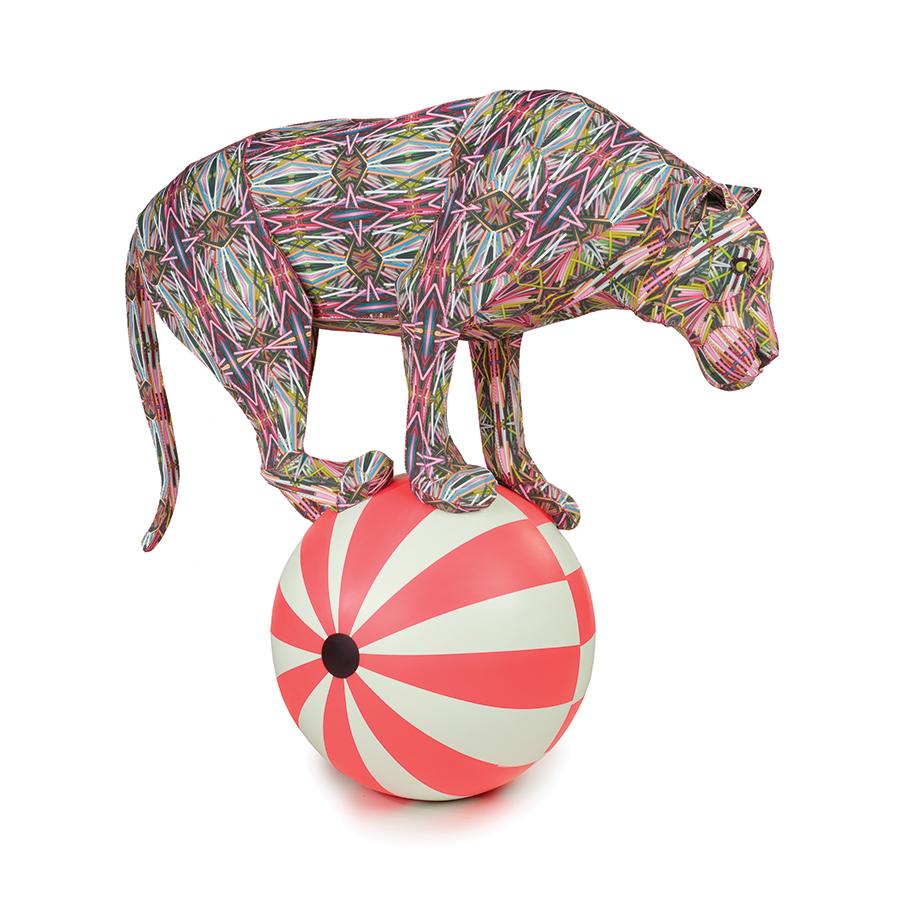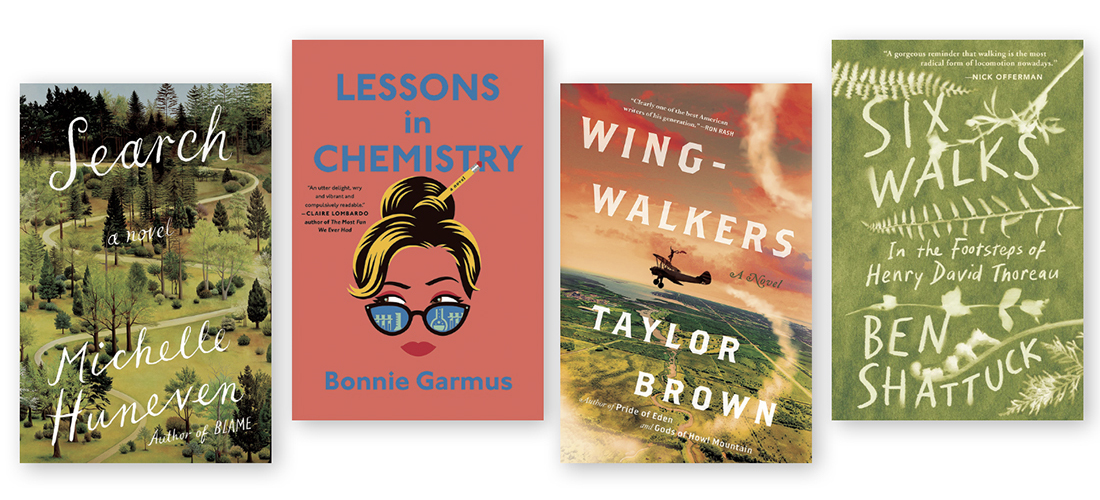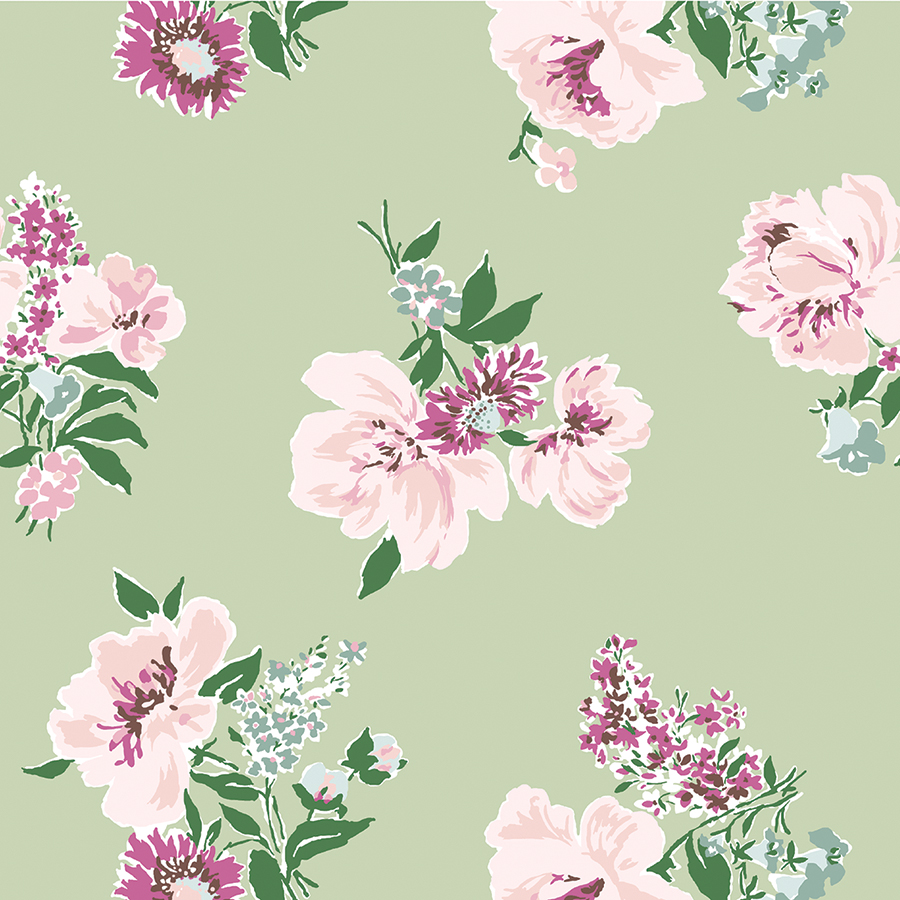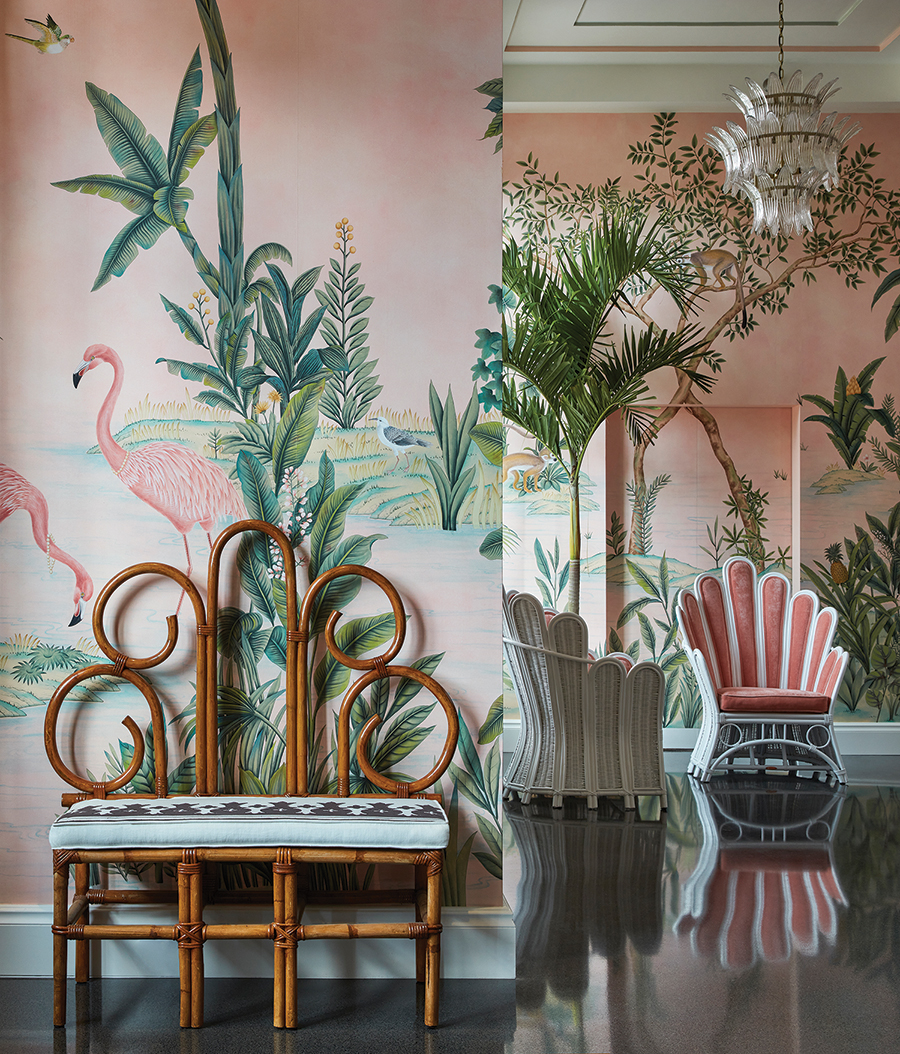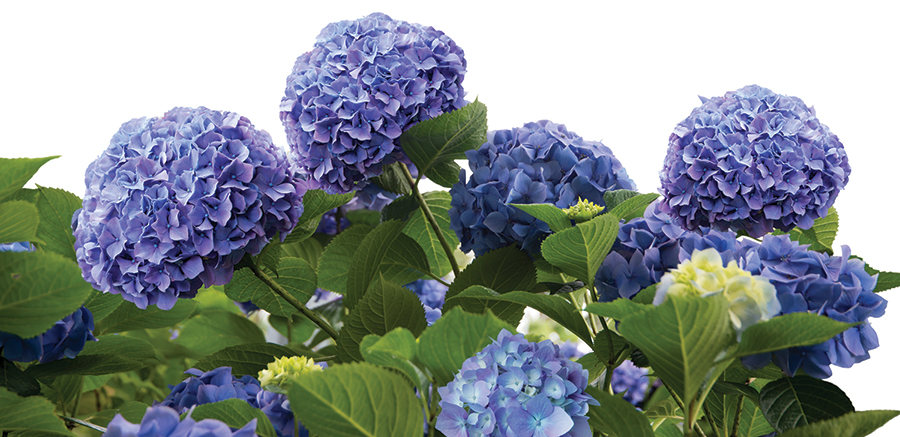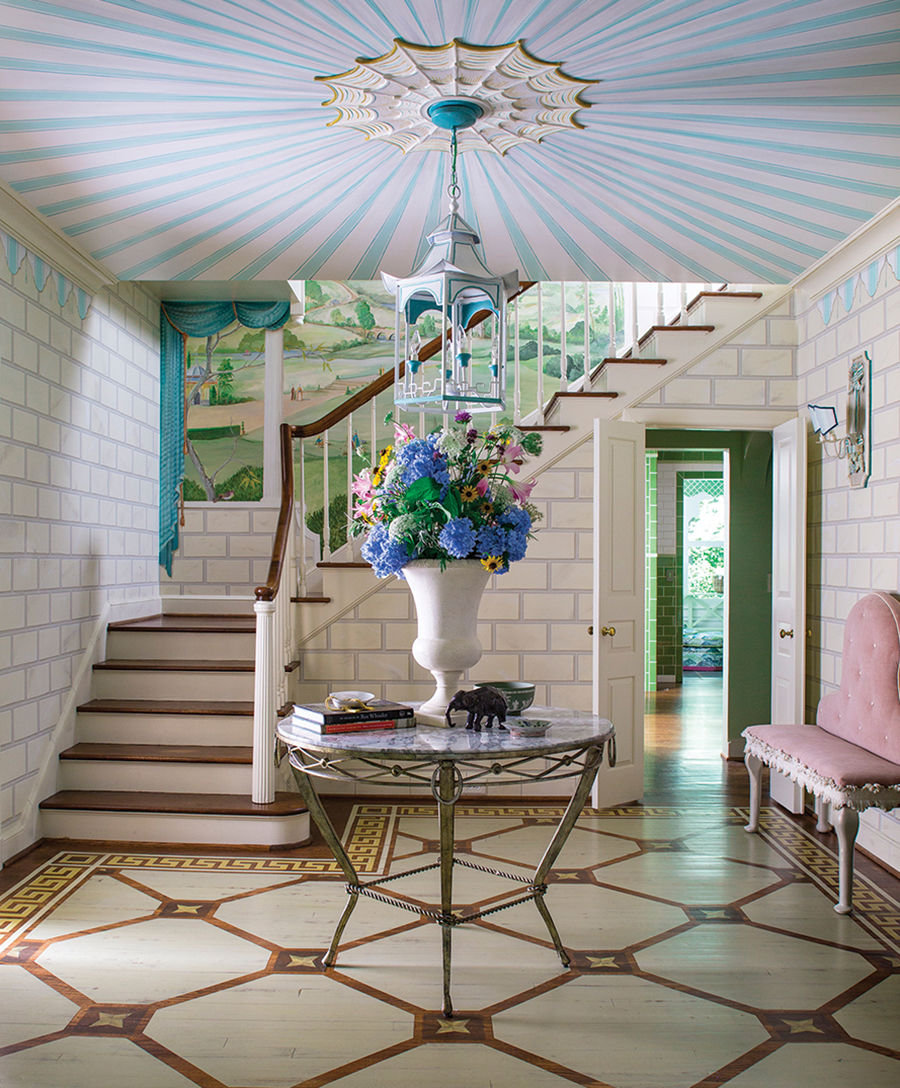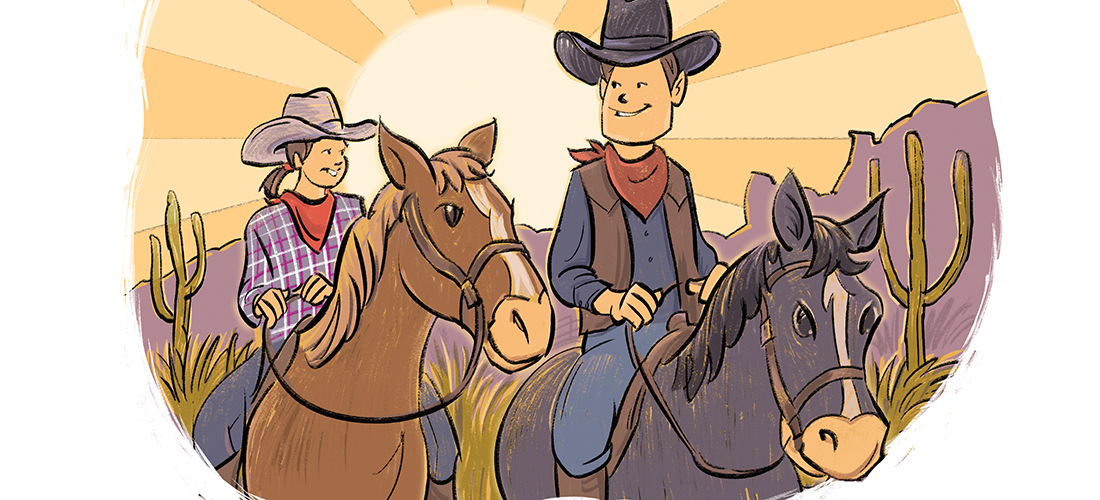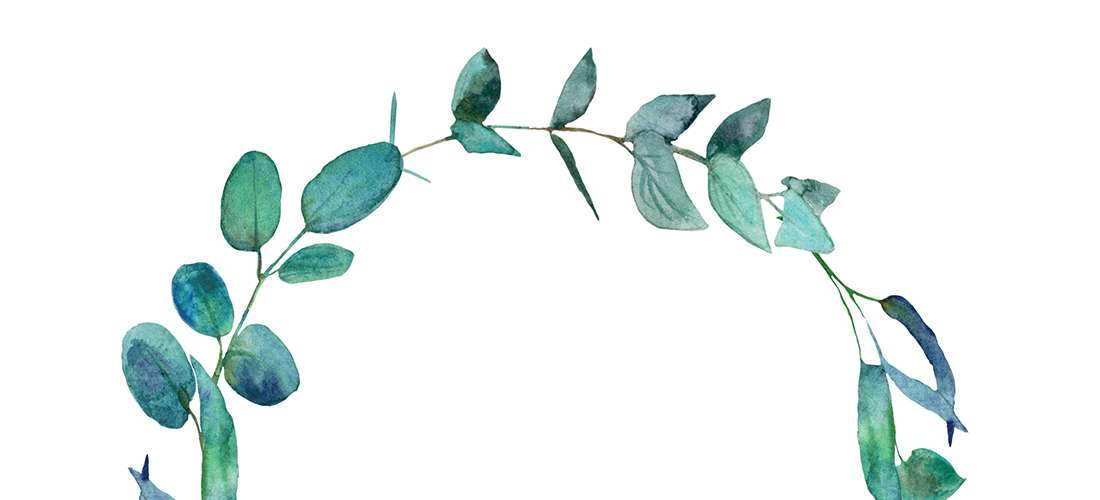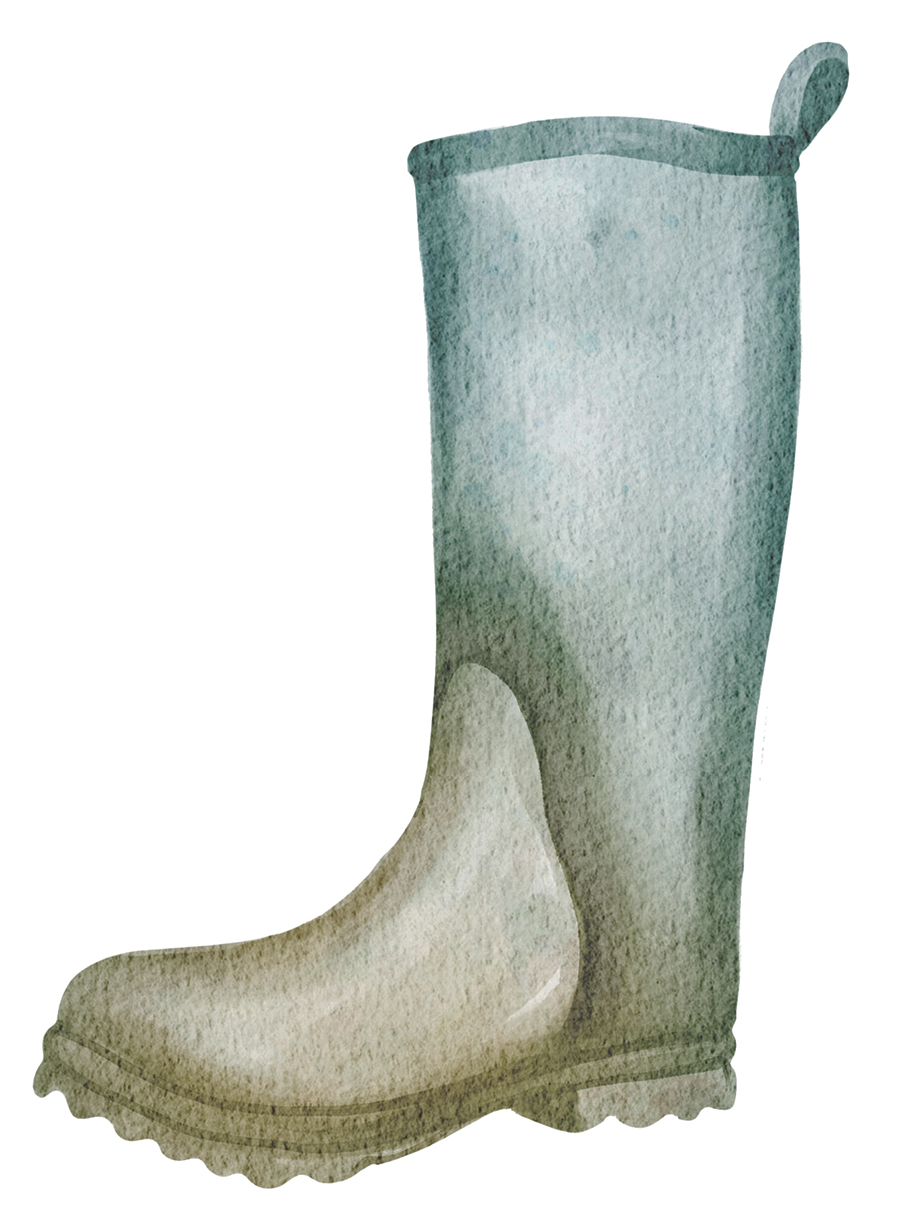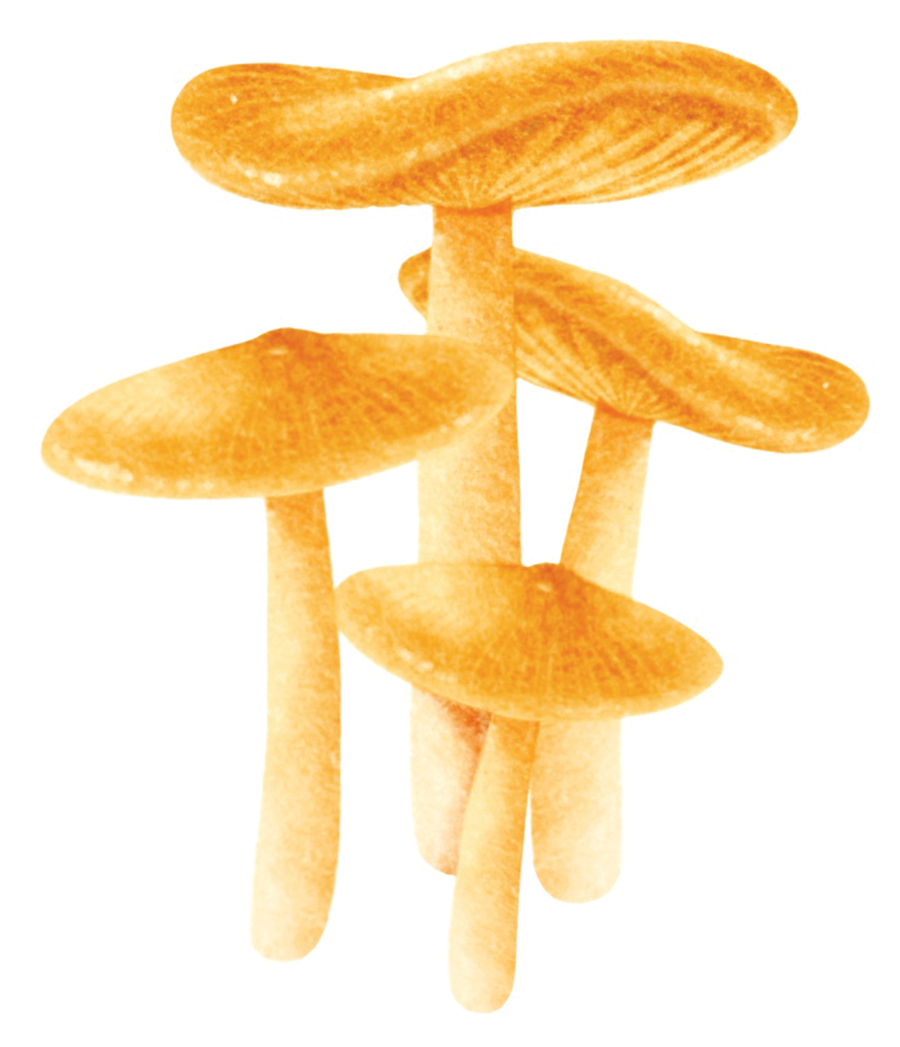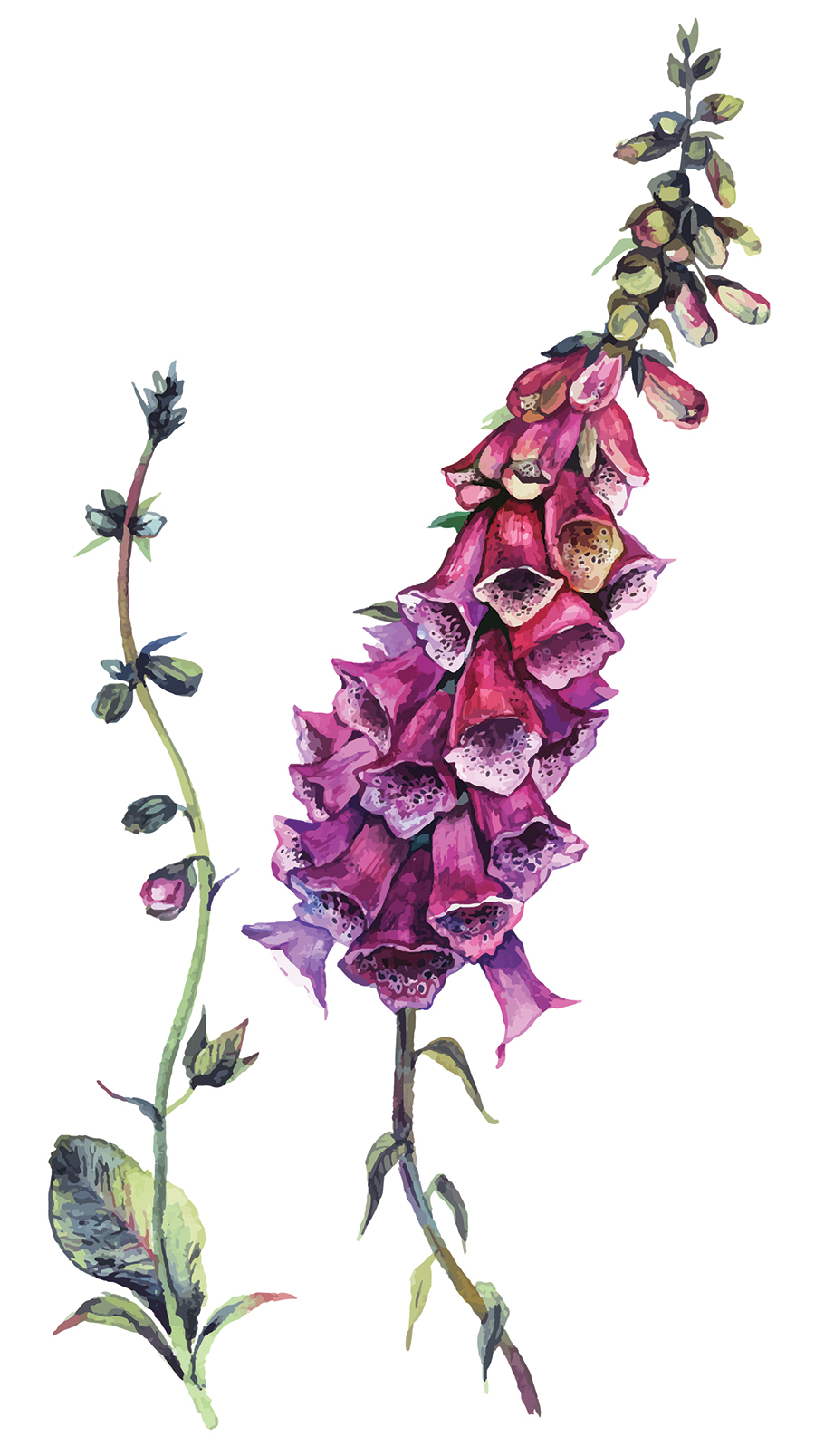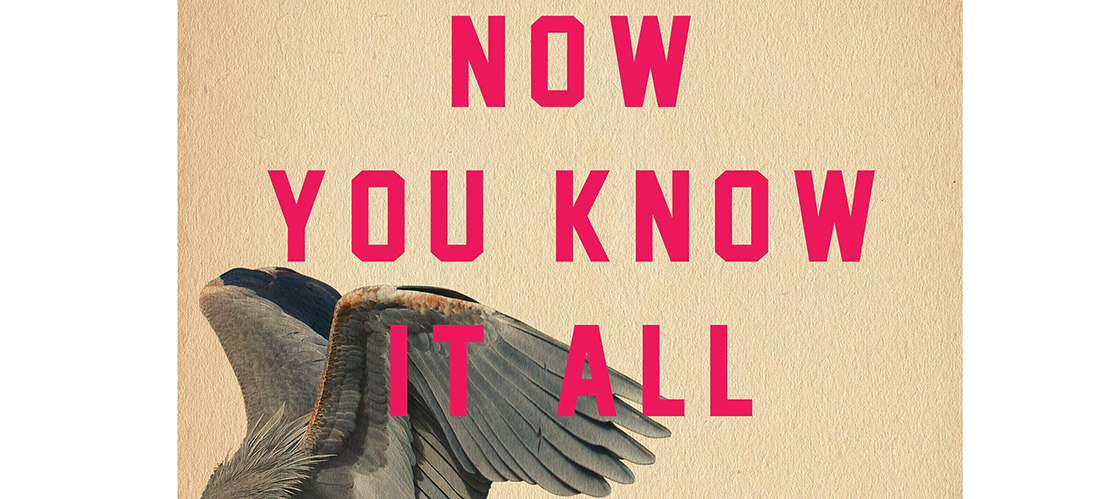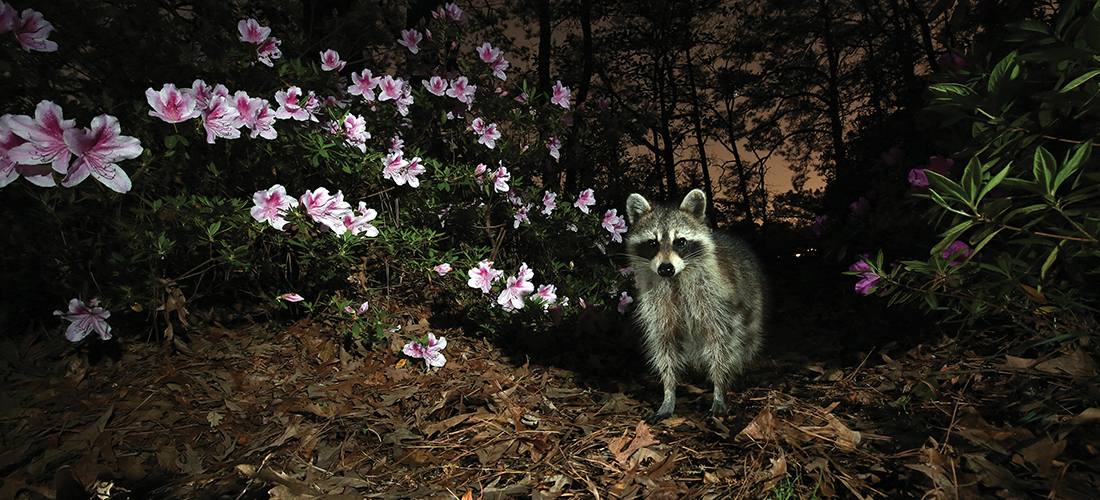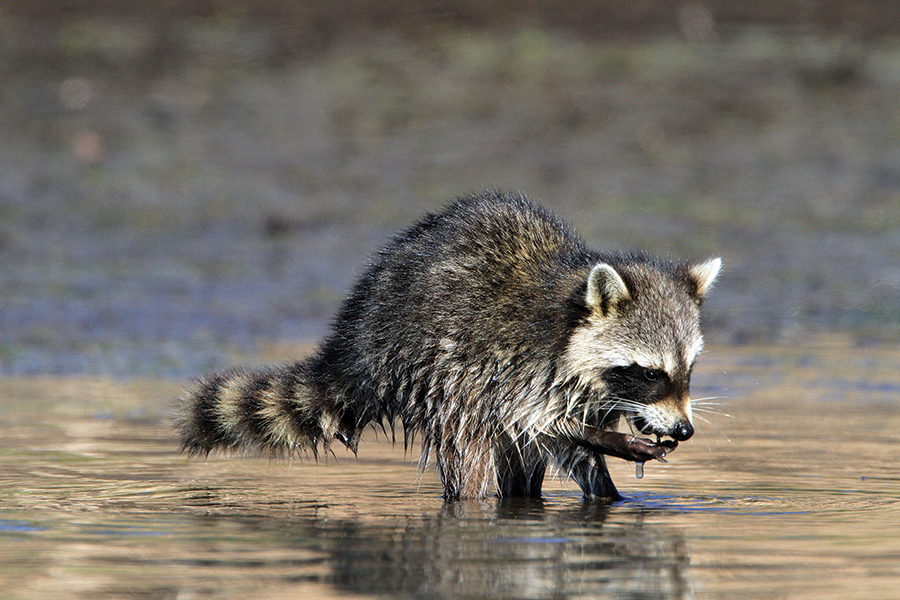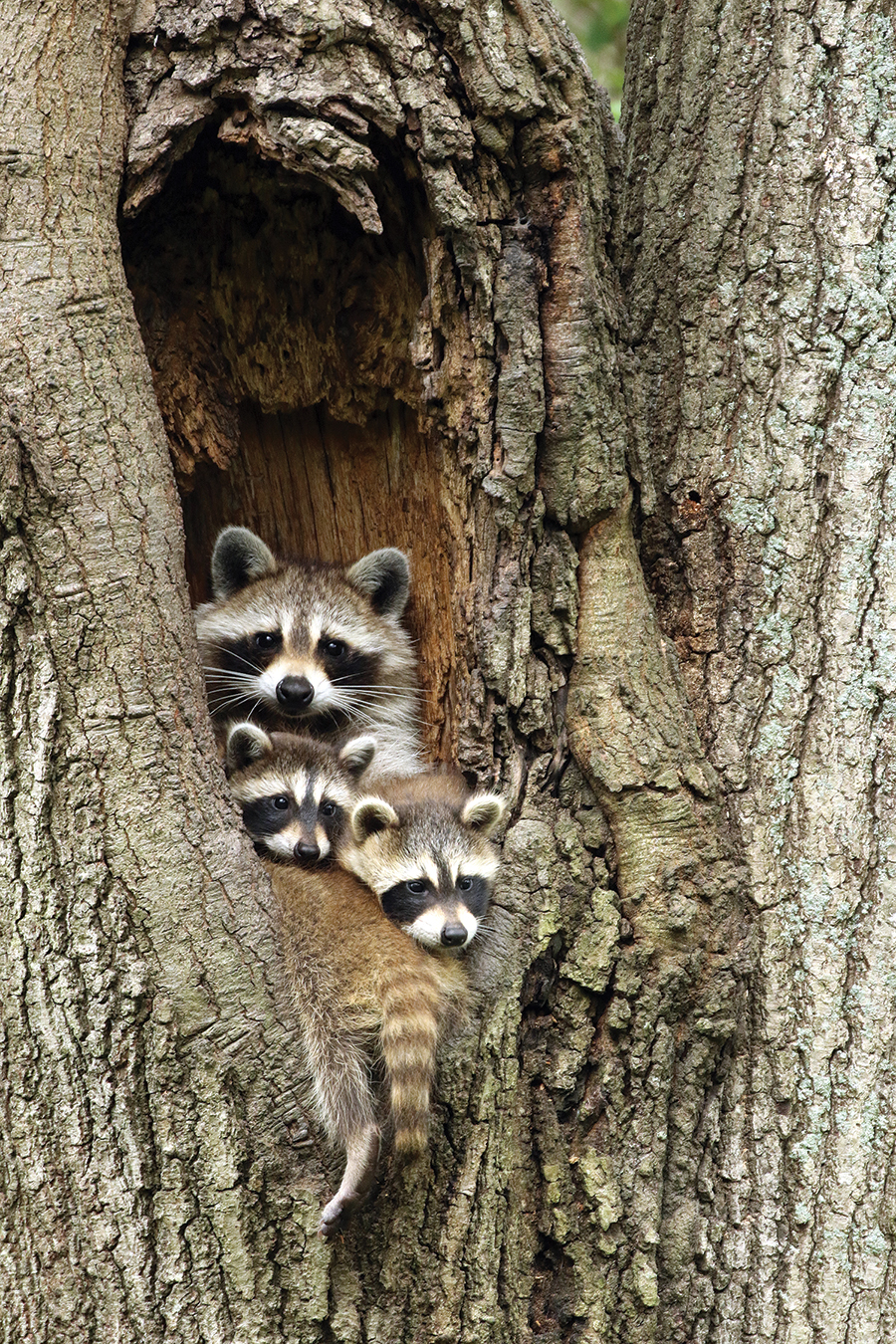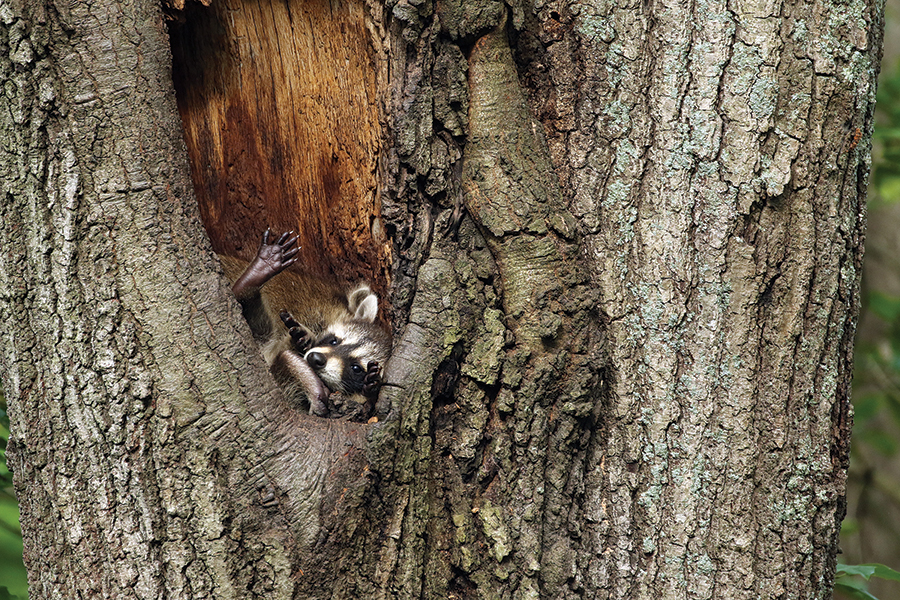The Cowboy in Me
Old Westerns are the cure for Yellowstone fever
By Jim Dodson
So, there we sat, three old ranch hands around a blazing fire as a lonesome doggie let loose a howl at the moon.
“Sounds like that dadgum dachshund down the street got loose again,” grunted Harry, the quick-draw artist sipping his Buffalo Trace.
“He’s pretty bad,” agreed Timmy the Kid, the tile-slinging merchant. “But that dang goldendoodle across the street ain’t much better. Got a howl on him like a stuck prairie dog.”
Counting women folk (cowboy-speak for “wives”) there actually were six of us gathered round the elegant Tuscan terrace fire pit in Tim and Sally’s beautiful backyard where our brides were drinking excellent white wine and chatting about whatever suburban wives talk about when their husbands are talking like dim-witted ranch hands who have watched too many episodes of Yellowstone, the hottest show on cable TV.
In case you’ve been livin’ under a flat rock in the woods, Yellowstone is the TV saga of rancher John Dutton and his proud but mentally unstable family, owners of the largest cattle ranch in Montana. They are in a perpetual war with an Indian reservation, the national park system and godless resort developers eager to turn their ranch into Club Med West. Think Dynasty with pump shotguns, F-bombs and luxury pickup trucks.
Whether you find Yellowstone appalling or hopelessly addictive, Yellowstone fever has spread like a case of terminal kudzu across the lower 48, turning ordinary dudes like Harry, Tim and briefly me into mini John Dutton wannabes.
As a result of the show’s surging ratings, there’s now even an official Yellowstone Merchandise TV Shop Collection peddling everything from home goods to coffee mugs for riding the urban range in your luxury pickup truck. Down at the auto mall, fancy rigs like the boys from Yellowstone drive can easily set you back 70K.
Back at Christmas, just for fun, I bought the little missus — a.k.a. my wife — an official Yellowstone ballcap and matching sweatshirt that reads, “Don’t Make Me Go Beth Dutton on You,” thinking she might ditch her daily green tea and morning yoga meditation in favor of going a little bit “Beth Dutton.” Every marriage needs a bit of spice.
In case you been watchin’ way too much CNN and worryin’ about stuff like the future of democracy and the free world, Beth Dutton is the smokin’ hot, potty-mouthed, always drunk, oversexed, mean-as-a-rattlesnake daughter of John Dutton, the stoical, monosyllabic, unnaturally stone-faced daddy-rancher with obvious deep inner conflicts, who every now and then shoots some dumb sumbitch who wants his land or wanders uninvited onto it.
Unfortunately, while I was over at Tractor Supply one Saturday mornin’ trying to decide how many head of cattle I might be able to raise on a quarter acre suburban lot, the little lady dropped off her sexy new Beth Dutton duds to Goodwill — her way of saying the drunk and nasty lifestyle of the modern TV cowgirl just wasn’t her cup of green tea, with or without the Tito’s chaser.
For those of us who grew up in the 1960s idolizing cowboys like Gene Autry, Matt Dillon and Roy Rogers, not to mention the boys from Bonanza and the gals from The Big Valley, these Yellowstone folks aren’t exactly your polite, old-fashioned TV cowboy types who wear white hats, never seem to get dirty and always marry the pretty school mistress in the end.
Must admit, after binging three full seasons of Yellowstone, I suddenly began to miss those kinder and gentler Hollywood cowboys I grew up with and had every intention of someday becoming.
Sitting on a shelf in our library are a pair of small, well-worn cowboy boots, the only things on my feet for the first four years of my life. We lived in the rolling country north of Dallas, a neighborhood that shared a great big pasture full of horses and a burro named Oscar.
Oscar belonged to me — well, my folks. But I fed and talked to Oscar every morning and sometimes got to ride him in the afternoon. I always figured Oscar and I would someday ride off into the sunset together, meet the right gal and finally settle down. Instead, we moved to the city where I rode a bicycle instead of a burro and gave up my boots for a pair of Keds.
The old-style cowboy in me never died, though. He even still shows up from time to time, like when — in search of the Golf Channel or an update on Ukraine — I stumble across old episodes of The Virginian or Maverick on some remote cable channel and watch the entire episode, remembering exactly what happens. Give me a classic John Wayne western or John Ford epic on TCM and I’m also good for the count.
Several years ago, my wife surprised me with tickets to see Glen Campbell at an outdoor arena in Raleigh. Reportedly suffering from Alzheimer’s disease, Campbell was making his farewell musical tour.
Unfortunately, a thunderstorm broke right at showtime, and Campbell managed only a brief appearance to sing one song before the show was canceled. He passed on not long afterward.
I guess even rhinestone cowboys never die, though, as long as you have their complete hits on Spotify or Pandora radio. When folks drive like the Wild West in my town, I just sing along with Glen.
Twenty-five years ago, I took my daughter, Maggie, then a precocious 7, on an unforgettable, two-month road trip to fish and camp the great trout rivers of the West. We tented beneath glittering stars by the Shoshone River and attended the Friday night rodeo in Cody. We took a rocking McKenzie boat down the Snake and camped for two days in Yellowstone, saw buffalo and a gray wolf, hiked for miles, and drank our bodyweight in root beer. For a full week we rode horses in the Colorado high country around Durango and camped atop a star-strewn mesa in New Mexico. On the way home, we even bumped into the great-granddaughter of outlaw Jesse James near the Red River. She was a nice old lady with a killer smile.
Though I didn’t tell my daughter this for many years, the cowboy in me was actually scouting out places where I could start a new life following a divorce — somewhere in the wide-open, Western spaces where I could stake a new claim, hear the doggies sing and never look back.
It didn’t quite work out that way, but the trip sure healed something in both of us and bonded us like saddle pals on the old Chisholm Trail. The little memoir I wrote about our journey of the heart is still in print all these years later — and even got made into a film. Maggie herself now lives in the Golden West.
I guess that’s why I was initially drawn to the saga of the Duttons of Yellowstone Ranch, hoping to find some comforting trace of the Western spirit — the inner cowboy — that lives in all of us.
But after three full seasons of Yellowstone, I simply had enough. I went back to old TV Westerns and John Ford movies that never fail to deliver.
My little missus — better known as my wife, Wendy — knew just the thing to perk me up. She brought me a nice big glass of milk and some Oreos as we settled in to watch a couple of my favorite episodes of The Big Valley. PS
Jim Dodson can be reached at jwdauthor@gmail.com.

